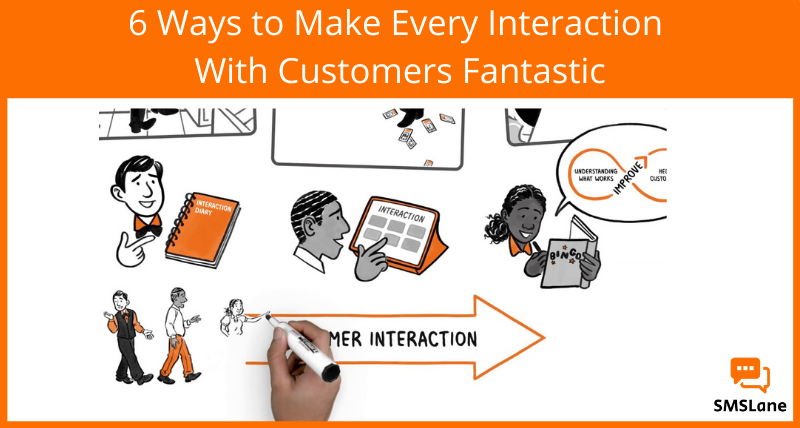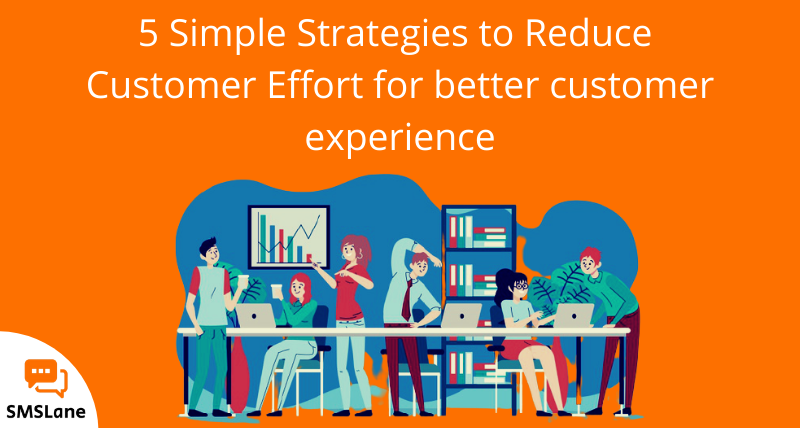:”Courteous treatment will make a customer a walking advertisement”
-By James Cash Penney

Your customers today have high expectations — and if your business can’t meet them, they’re going to leave you for your competitors.
If that sounds harsh, well, it is. In addition to getting a product or service that works for them, they want to buy from companies that make it easy to get help when they need it, that go above and beyond for them, and that makes them proud to support their corporate culture and philosophy.
6 Ways to Make Every Interaction With Customers Fantastic
- Show empathy and gratitude
Are you familiar with the golden rule? “Treat others as you want to be treated.”
It might sound simple, but making sure each and every one of your customer interactions demonstrate your empathy for your customers’ struggles, and your gratitude for their loyalty, goes a long way.
Customers are more likely to spend more and be loyal, longer if they have a history of positive experiences with your company. Do your part to make each sign-off positive and gracious to make your customers feel good about working with you. - Be conscientious
It’s of utmost importance to be conscientious and to responsibly follow-up to every customer communication you engage in with a solution, a forum for feedback, or helpful educational resources they can benefit from.
Do research to investigate when your customers typically encounter issues with your product and reach out proactively with educational communications to try to prevent that friction in the first place. - Be transparent and communicative
It’s extremely important to be transparent when you communicate with your customers — especially if it’s about a mistake or error caused by you or your product.
Using your empathy and gratitude muscles, don’t hesitate to explain the situation, apologise for the issue, and communicate how it happened — and how it won’t happen again. If it could happen again, be clear on that so your customer can prepare for the future. - Ask for and act on customer feedback
You can’t just give the term “valued customer” lip service — you need to walk the walk by regularly asking for and acting on customer feedback.
Regularly asking customers for feedback via surveys is an effective way to identify potential problems before they cause your customers to churn. - Go where your customers are
It’s your job to make it as easy and painless as possible for your customers to get the answers they need to use your product or service. To do that, you should have a plan in place for providing service across a variety of channels where your customers typically reach out to you.
Strive to always respond to customer requests and issues on the same platform where they originally reached out. - Talk like a human
Our final suggestion to make your customers love reaching out to you — even in cases of problems — is to talk like a human.
Your customers aren’t looking for scripted corporate-speak when they call or write to you in need of assistance. Particularly if you’re communicating with customers on social media, scripted, formal language can ring hollow and insincere.
If you’re in the middle of solving a customer issue, feel free to keep language professional. But once you’ve solved a customer’s problem, or if a customer is reaching out to share positive feedback, feel free to be less scripted, and more yourself.

